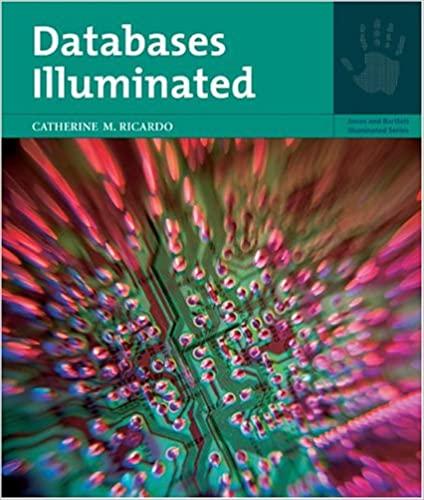Question
1. Questions Python Code: For each line of code, write the type of error (syntax, semantics, runt-time), cause of the error, and your fix. (1)
1. Questions
Python Code: For each line of code, write the type of error (syntax, semantics, runt-time), cause of the error, and your fix.
(1) def fun(num letter)
(2) num == 7 + num
(3) return 'num' - letter
(4) result = fun(5, x)
2. Question
Python Code: Run the code below to check the outputs of the print() call on lines 12. And :
A) Analyze the application of the accumulation pattern and answer the following questions:
#1. a. What is the accumulator variable? ________________
#1. b. What's its data type? _____________
#1. c What's the purpose of it?
#2. a What's the loop variable? _____________
#2. b What's its data type? ________________
#2. c What's the purpose of it?
#3 How many iterations does the for loop have? _________
#4 Write the line(s) of code where the accumulator "accumulates" something into it ________________
#5 What gets accumulated into the accumulator? Explain in English.
B) Modify the value of labs variable such that it has the 9th element, 'lab6old'. Run the program again.
#1. What do you get? Copy and paste the output from Scratchpad in here.
#2. Explain the result.
labs = ['lab1a', 'lab1b', 'lab2', 'lab3', 'lab4a', 'lab4b', 'lab4c', 'lab5']
graded = ''
tutor_code = ''
for lab in labs:
lab_num = int(lab[3])
tutor_code = lab[3]
if len(lab) == 5:
tutor_code = tutor_code + lab[4]
graded = graded + lab + ' assigned to ' + tutor_code + ' '
elif len(lab) < 5:
graded = graded + lab + ' not assigned '
print(graded)
Step by Step Solution
There are 3 Steps involved in it
Step: 1

Get Instant Access to Expert-Tailored Solutions
See step-by-step solutions with expert insights and AI powered tools for academic success
Step: 2

Step: 3

Ace Your Homework with AI
Get the answers you need in no time with our AI-driven, step-by-step assistance
Get Started


